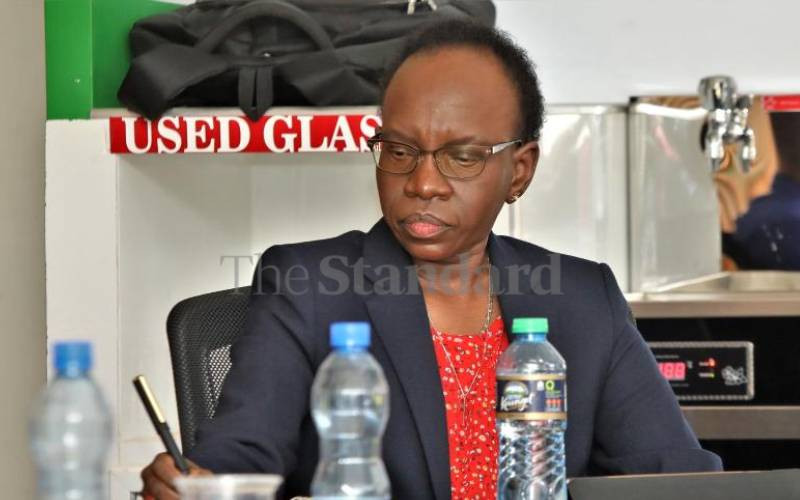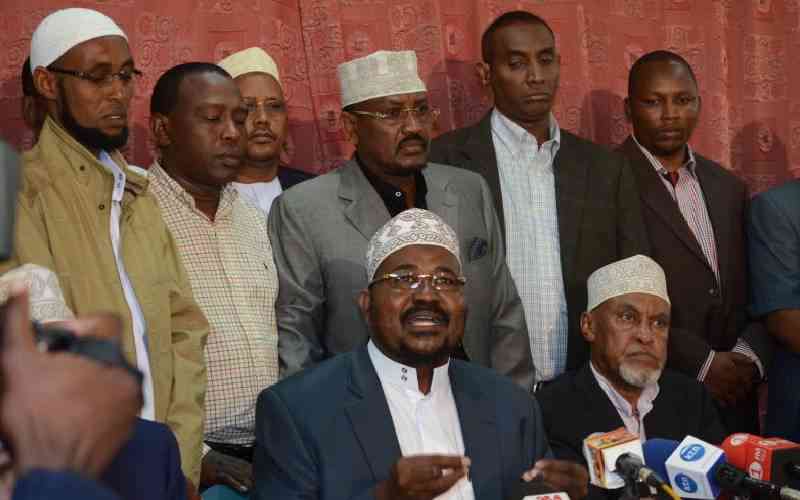Since the advent of devolution, most county governments have found themselves struggling to implement a range of projects to address the triple challenges of poverty, unemployment, and inequality.
However, the major focus so far has been whom to target and not so much on what to target, which is a mistake. When the objective of the aid effort is to reduce poverty and increase the per capita income for every household sustainably, three steps need to be taken in order.
First, actionable reasons for poverty and low income must be identified. Second, programs must be devised that target these particular reasons. Third, efforts must be made to direct these programs toward the people who most need this support.
Targeting reasons for escaping poverty or for falling into poverty must form a central part of the aid effort. Targeting people is likely to be of little consequence unless reasons are simultaneously targeted through appropriate policy measures In Murang'a, we have identified poor farming methods among the reasons for low productivity and one of the focus areas is to assist farmers to increase production by giving free, right seeds, which also empowers them economically. So far, the initiative has had an extremely positive impact on improving the living standard of numerous households.
Such initiatives remain key to poverty alleviation. The main purpose of giving free seeds to coffee, avocado and maize farmers, is to ensure that persons struggling to establish themselves in production have a basic income. It also affords dignity to those enlisted by allowing them to meet essential subsistence needs.
The broad rationale for focusing on seed sector interventions is that seed is a vehicle for delivering a range of advances, all of which can benefit smallholders. Seed can be the conduit for moving new varieties, giving farmers access to more productive, yield-enhancing traits. New seed is also linked to strategies for raising nutrition.
But the broader lesson we have learnt, and which we would like other jurisdictions to embrace is that sustainability of such projects is no small feat. It involves savvy farming techniques, better business practices, and advocacy. It also requires an administration willing to take critical look at the transnational agribusiness model that dominates the farming sector world over.
One of the changes we have initiated is the introduction of the internationally recommended Hass cultivar avocado, which is mainly grown for the export market in place of the old or traditional avocado (Fuerte cultivar).
We gave out avocado seedlings to over 30,000 farmers and expect the aggregate household income of these farmers to increase in the next two years. Same is expected of maize farmers who received Sh150 million worth of free maize seeds, targeted at the altitude and climate of their areas. The maize seeds, according to agricultural experts, have a potential yield of Sh2.7 billion.
It is estimated that the farmers will reap three to five bags of maize for every two-kilogram bag of maize they received. Besides empowering households, the expectation is that nobody will go hungry in Murang'a for the next two years after the harvest.
The era of cheap and abundant food appears to be drawing to a close world over because of various reasons, including climate change. What this means is that Murang'a, like so many other counties across Kenya, has found itself confronting the fact — so easy to overlook these past few years — that the health of a county's food system is a critical component of both regional and national security.
Rich or poor, the consensus is that people are struggling with soaring food prices. The recent debate of the escalating price of Kenya's staple-maize has forcibly reminded us that food is a national-security issue.
When a nation loses the ability to substantially feed itself, it is not only at the mercy of global commodity markets but of other governments as well. This is why counties should take it upon themselves to individually increase food production and become food secure.
For extremely poor households, an increase in spending per capita income as a result of embracing better seed qualities, farming methods and agricultural practices will avail more resources to spend on essentials that improve quality of life. Targeting of those to involve in these programs as presently practiced in Murang'a is based on the stock of those who can be identified reasonably, accurately and affordably to be included in the initiatives.
For example, early this year some we identified 74 farmers who now form part of a dairy cow breeding program that will improve milk production in Murang'a.
Stay informed. Subscribe to our newsletter
Mr Wa Iria is the Governor, Murang'a County
 The Standard Group Plc is a
multi-media organization with investments in media platforms spanning newspaper
print operations, television, radio broadcasting, digital and online services. The
Standard Group is recognized as a leading multi-media house in Kenya with a key
influence in matters of national and international interest.
The Standard Group Plc is a
multi-media organization with investments in media platforms spanning newspaper
print operations, television, radio broadcasting, digital and online services. The
Standard Group is recognized as a leading multi-media house in Kenya with a key
influence in matters of national and international interest.
 The Standard Group Plc is a
multi-media organization with investments in media platforms spanning newspaper
print operations, television, radio broadcasting, digital and online services. The
Standard Group is recognized as a leading multi-media house in Kenya with a key
influence in matters of national and international interest.
The Standard Group Plc is a
multi-media organization with investments in media platforms spanning newspaper
print operations, television, radio broadcasting, digital and online services. The
Standard Group is recognized as a leading multi-media house in Kenya with a key
influence in matters of national and international interest.








